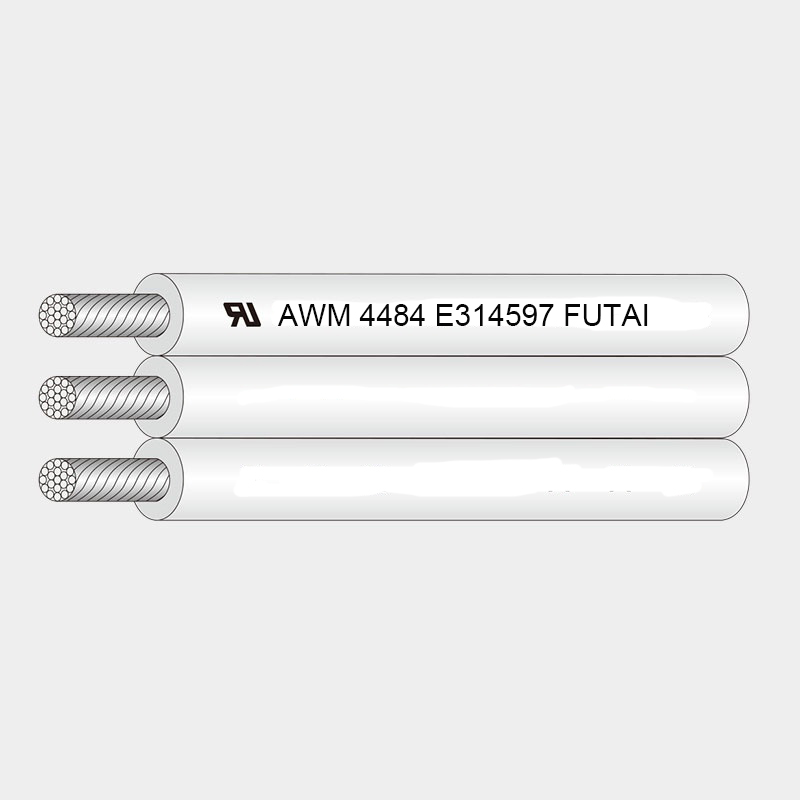+86-0769-85704089
The Application and Challenges of Halogen-free Electronic Wires in New Energy Vehicles
With the rapid development of new energy vehicles (NEV), higher requirements have been put forward for the safety, environmental friendliness and reliability of cables. Halogen-Free Wire has become the first choice for high-voltage wiring harnesses, battery systems and charging equipment due to its characteristics such as low smoke, halogen-free and flame retardant. However, in practical applications, challenges such as high-temperature resistance, mechanical strength and cost are still faced.
I. Application of Halogen-free Electronic Wires in New Energy Vehicles
High-voltage wiring harness (power battery system)
Application scenarios: Connect battery packs, motors, and electronic control systems (voltages typically reach 300V to 800V).
Core requirements:
Flame retardancy (To prevent short circuit and fire, it needs to pass standards such as ISO 6722 and LV 112).
High-temperature resistant (the battery pack temperature can reach 105°C to 150°C).
EMI shielding (reducing electromagnetic interference, commonly aluminum foil + braided shielding).
Typical cable:
Halogen-free thin-walled wires such as FLRY-B (German standard) and AVSS (Japanese standard).
2. Charging System (Fast charging piles & On-board chargers)
Application scenarios: Charging gun cables, connection wires for in-car charging modules.
Core requirements:
High current carrying capacity (250A+, conductors need to be made of ultra-fine stranded copper).
Flexible (The charging gun cable needs to pass a 100,000-fold bending test).
Oil-resistant (Outdoor charging piles need to be oil-proof and water-proof, with IP67 grade).
Typical cable:
EV charging cables (such as UL 62 Type EVJ), with the outer layer made of TPE halogen-free material.
3. Low-voltage Signal Transmission (BMS & Sensors)
Application scenarios: Battery Management System (BMS), temperature sensor, CAN bus.
Core requirements:
Anti-interference (twisted-pair cable or shielded structure).
Lightweight (thin-walled insulation, reducing the weight of the wiring harness).
Ii. Technical Advantages of Halogen-free Electronic Wires
The value of advantages to new energy vehicles
Halogen-Free combustion does not release toxic gases (such as HCl), ensuring passengers' escape time.
Low Smoke reduces the concentration of smoke during a fire and avoids visual obstruction.
Flame Retardant prevents the spread of fire in accordance with UL 94 V-0, IEC 60332-1 and other standards.
High-temperature resistant (105°C to 150°C), suitable for the high-temperature environment of battery packs and preventing insulation aging.
Environmental compliance (RoHS/REACH) meets the regulatory requirements of markets such as the European Union and China.

Iii. Challenges Faced by Halogen-free Electronic Wires
The balance between high-temperature resistance and mechanical strength
Question:
Halogen-free materials (such as LSZH) require the addition of a large amount of flame retardants (aluminum hydroxide), resulting in high hardness and poor flexibility.
It is prone to brittleness at high temperatures (>125°C), which affects long-term reliability.
Solution:
Develop high-temperature resistant elastomers (such as silicone-modified TPE).
Optimize the proportion of flame retardants (nano-scale aluminum hydroxide enhances dispersibility).
2. Cost pressure
Question:
The cost of halogen-free wires is 20% to 50% higher than that of PVC wires, which affects the BOM cost of the entire vehicle.
Solution:
Large-scale production reduces material costs (such as BASF and DuPont launching dedicated halogen-free materials).
Design optimization (reducing wire diameter and adopting thin-walled insulation).
3. Long-term durability issues
Question:
Insulation layer cracking is prone to occur in a vibrating environment (especially in low-temperature scenarios).
The frequent bending of the charging gun wire causes the conductor to break.
Solution:
Strengthen anti-fatigue design (such as optimizing the twisting method of conductors).
Passed ISO 19642 (Durability Test of Automotive Cables).
4. The conflict between environmental protection and performance
Question:
Completely halogen-free may sacrifice flame retardancy (a balance needs to be struck between environmental protection and safety).
Solution:
Develop new flame retardant systems (such as phosphorus-based flame retardants to replace halogens).
Iv. Industry Standards and Future Trends
1. Key criteria
ISO 6722: General Standard for Automotive Low-voltage Cables (including Halogen-free requirements).
LV 112 (Volkswagen), ES-X60414 (Toyota) : Halogen-free wire specifications for vehicle manufacturers.
GB/T 25085-25087 (China) : National Standard for High-Voltage Cables of Electric Vehicles.
2. Future development direction
Higher temperature resistance (180°C+) : Compatible with 800V high-voltage fast charging systems.
Lightweight: Aluminum conductor, ultra-thin insulation layer (30% weight reduction).
Recyclable materials: bio-based halogen-free polymers (such as Duban EcoPaXX).
V. Conclusion
Halogen-free electronic wires play the role of safety guardians in new energy vehicles, but their application still needs to overcome challenges such as high-temperature durability, cost, and flexibility. In the future, with material innovation (such as highly elastic halogen-free materials) and process optimization, halogen-free wires are expected to become the absolute mainstream of electric vehicle wiring harnesses.
 Dongguan Futai Electronic Technology Co., Ltd. All Rights Reserved
Dongguan Futai Electronic Technology Co., Ltd. All Rights Reserved
Contact information
Mr. Li: +86-18688316819